#Mertensia virginica
Text

Virginia bluebells starting to open in the garden.
#pennsylvania#flowers#native plants#native wildflowers#garden#gardeners on tumblr#virginia bluebells#mertensia virginica#april#springtime#plants#plantblr
337 notes
·
View notes
Text
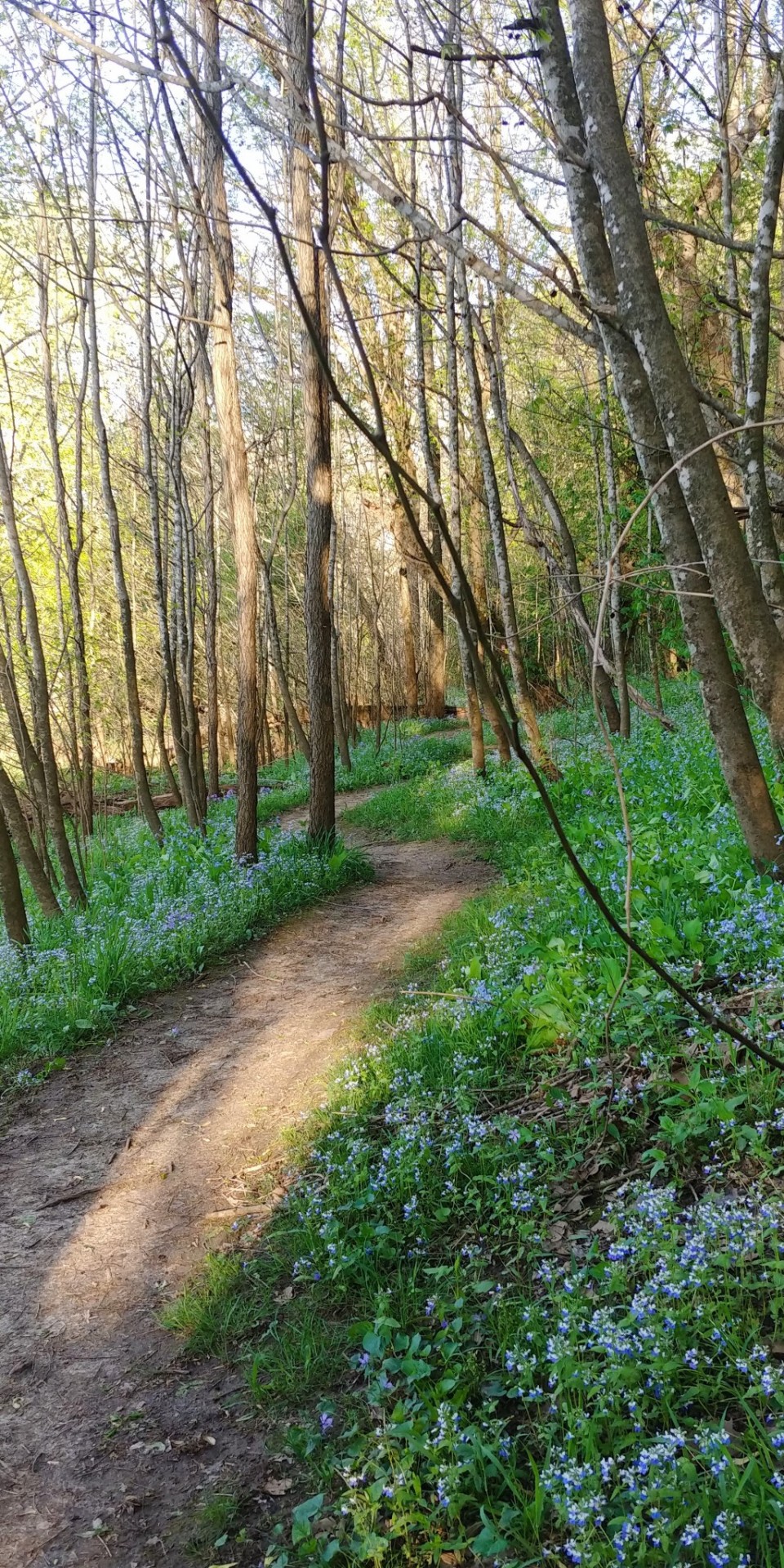


Wildflowers flourishing along a tranquil Ozarkian trail. It was a blessing to enjoy this beautiful place where the sun kissed spots of the blue forest floor and only the sound of bird songs and soft wind whispered through the trees. The blue-eyed mary (Collinsia verna) and virginia bluebells (Mertensia virginica) thriving on the forest floor are both native spring ephemerals found throughout the central and eastern parts of North America.
April 17th, 2023
Washington County, Missouri, USA
Olivia R. Myers
@oliviarosaline
#nature#woods#naturecore#fairycore#cottagecore#missouri#ozarks#the ozarks#forest#flowers#forest floor#wildflowers#spring#spring flowers#Virginia bluebells#blue-eyed mary#Mertensia virginica#collinsia verna#collinsia#mertensia#landscape#landscape photography#flower photography#nature photography#forest photography#hiking missouri#trail#hiking
115 notes
·
View notes
Text

Bluebells in the yard!
10 notes
·
View notes
Text
Virginia Bluebells (Mertensia virginica)
Blue flowers are relatively rare. Most incline to violet or else are quite small. But Virginia bluebells are a striking exception. All my photos from my garden, unedited.


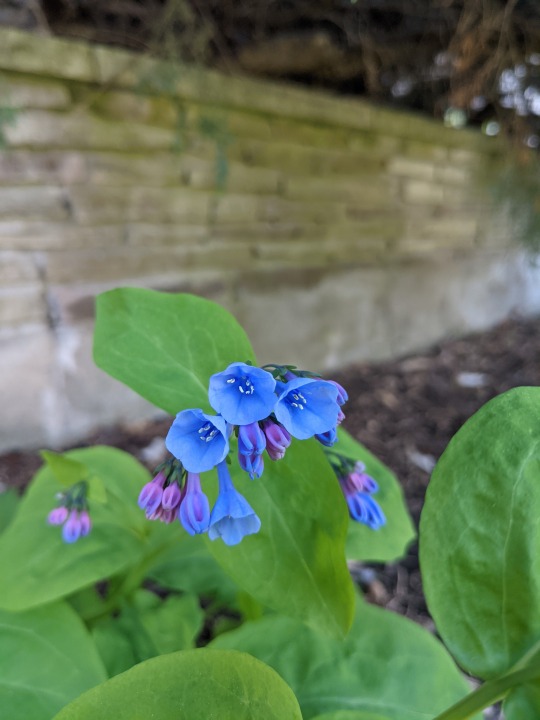



I'm not kidding. They really are that blue naturally. They bloom in May. Then they slowly decline and the entire plants are gone above soil by the summer. Only to reappear the following spring! The shoots and flower buds are edible. You don't want to take too much, though. As spring ephemerals, they need the energy they make with their leaves during their short growing period. The short bloom period is also why I don't have more photos of them. They don't even bloom every year.
#photography#my photos#blackswallowtailbutterfly#Virginia bluebells#Mertensia virginica#flowers#blue flowers#wildflowers#gardening#native species#North American native plants#edible wild plants#my garden#native plants of Ontario and the northeastern USA#spring ephemerals
15 notes
·
View notes
Photo
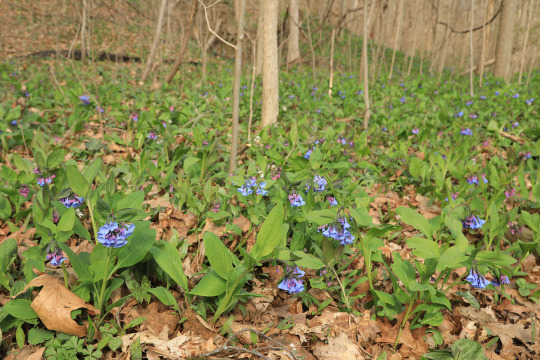
Nothing like a passel of Virginia bluebells (Mertensia virginica) to lift the spirits after a drab and dreary winter. Spring has returned to Central Appalachia’s rich, mesic woods. Photo above is from a hike this past weekend in Core Arboretum, whose expansive floodplain forest is now alive with spring ephemerals.
#appalachia#vandalia#west virginia#spring#early april#wildflowers#spring ephemerals#mertensia virginica#virginia bluebells#core arboretum
80 notes
·
View notes
Text
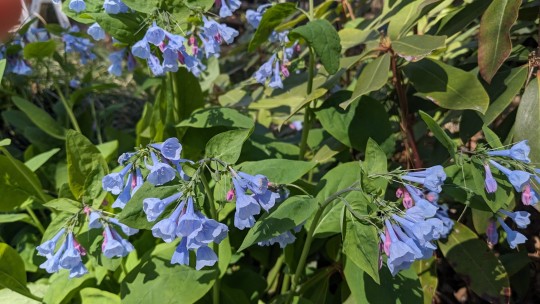
Mertensia virginica / Virginia Bluebells at the Sarah P. Duke Gardens at Duke University in Durham, NC
#Mertensia virginica#Mertensia#Boraginaceae#Virginia Bluebells#Virginia cowslip#Lungwort oysterleaf#Roanoke bells#Native plants#Native flowers#Flowers#Nature photography#photographers on tumblr#Sarah P. Duke Gardens#Duke Gardens#Duke University#Durham#Durham NC#North Carolina
3 notes
·
View notes
Video
n107_w1150 by Biodiversity Heritage Library
Via Flickr:
Wild plants needing protection.. New York,New York Botanical Garden,1912-[1929]. biodiversitylibrary.org/page/11447760
#Plant conservation#Plants#Mertz Library#The New York Botanical Garden#bhl:page=11447760#dc:identifier=http://biodiversitylibrary.org/page/11447760#artist:viaf=293343115#Mary Emily Eaton#M. E. Eaton#Q1287986#illustrator:wikidata=Q1287986#WomeninScience#HerNaturalHistory#flickr#bluebells#virginia cowslip#mertensia virginica#Virginia bluebells#spring sphemeral#botanical illustration#scientific illustration
2 notes
·
View notes
Text
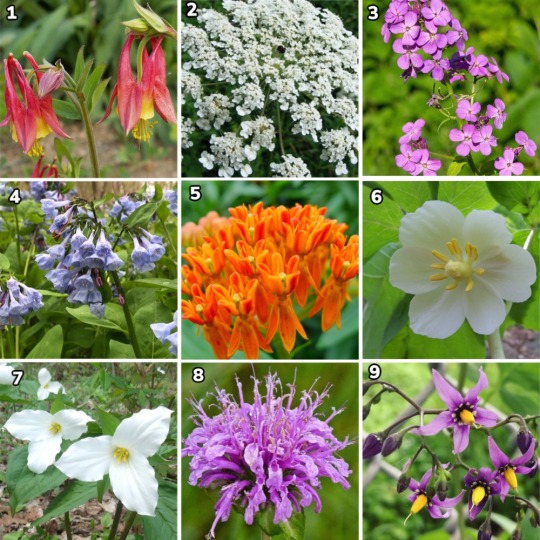
71 notes
·
View notes
Text

Belles
Watercolor on Birch Panel
2022, 11"x 14"
Virginia Bluesbells, Mertensia virginica
#artists on tumblr#floral#flowers#art#watercolor#painting#nature#minimalism#virginia bluebells#blue#bluebells#mertensia#wildflowers#plants#plant#plantblr#artwork#green#botany#artist#minimal#artblr#contemporary art#cottagecore aesthetic#cottagecore
160 notes
·
View notes
Text

Virginia bluebell (Mertensia virginica) was planted by settlers from the east coast as they moved inland to the midwest. An isolated plant can indicate the historic location of a homestead. This one was planted by the former front door of the nature center.
5/5/23
3 notes
·
View notes
Text

Virginia bluebells, Mertensia virginica, in the garden.
#pennsylvania#garden#mertensia virginica#virginia bluebells#april#gardeners on tumblr#wildflowers#native wildflowers
341 notes
·
View notes
Text
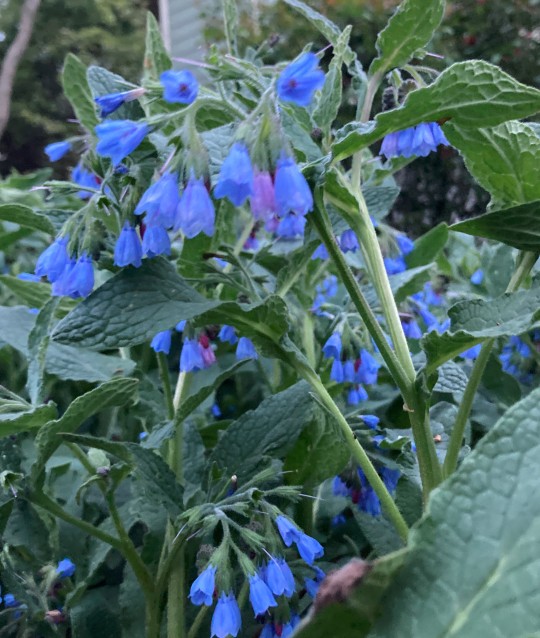
Virginia bluebells (Mertensia virginica). Traditionally, you have to be careful with bluebells because they are the fairies' flowers. Some people consider them unlucky to pick or bring inside the house.
8 notes
·
View notes
Text
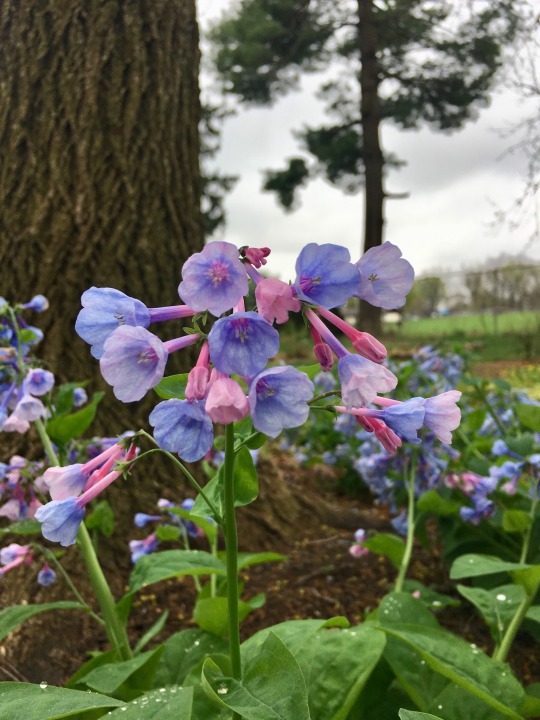
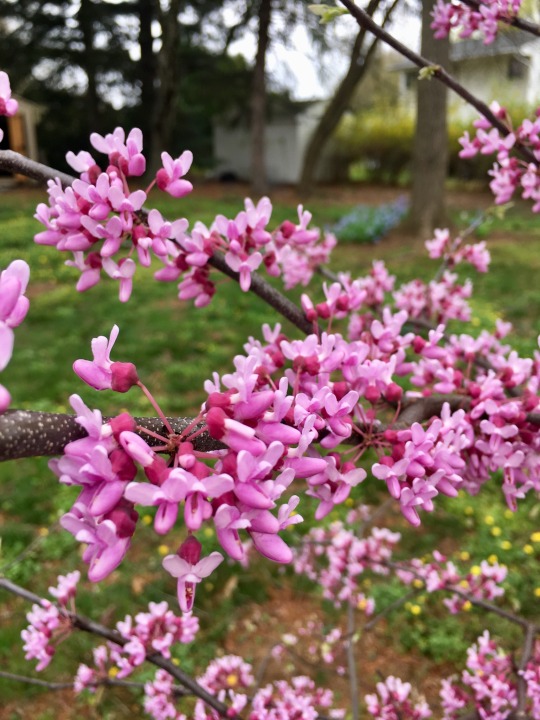
Native plants are the best plants. (Left: Mertensia virginica, right: Cercis canadensis)
11 notes
·
View notes
Text
So most of the plants that began showing signs of life in April last year are doing so now, but I am still waiting on:
Adiantum pedatum (maidenhair fern)
Aruncus dioicus (bride's feathers)
Asclepias viridiflora (green comet milkweed)
Cardamine concenata (cutleaf toothwort)
Cardamine maxima (large toothwort)
Claytonia virginica (fairyspuds)
Clinopodium vulgare (wild basil)
Comptonia peregrina (sweetfern)
Echinacea purpurea (purple coneflower)
Epilobium cilliatum (fringed willhowherb)
Galium boreale (northern bedstraw)
Hypericum punctatum (spotted St. John's wort)
Lathyrus ochroleucus (cream pea vine)
Mertensia paniculata (tall bluebells)
Monarda fistulosa (wild bergamot)
Pycnanthemum tenufolium (slender mountain mint)
Ratibida pinnata (greyheaded coneflower)
Solidago nemoralis (grey goldenrod)
Symphyotrichum ericoides (white heath aster)
Trillium cuneatum (little sweet Betsy)
Viola blanda (sweet white violet)
Viola canadensis (Canada violet)
And we'll see if any more of the new ones show themselves this month. I suppose I should also track whether it's early in the month, the middle of the month or late in the month.
10 notes
·
View notes
Text

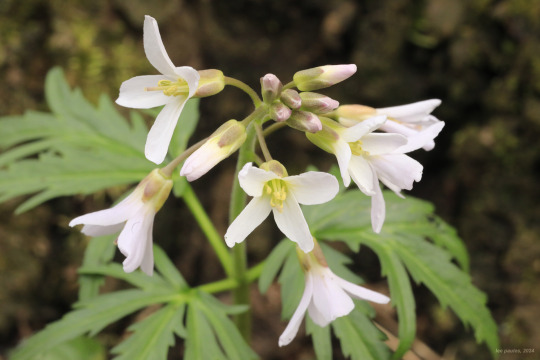

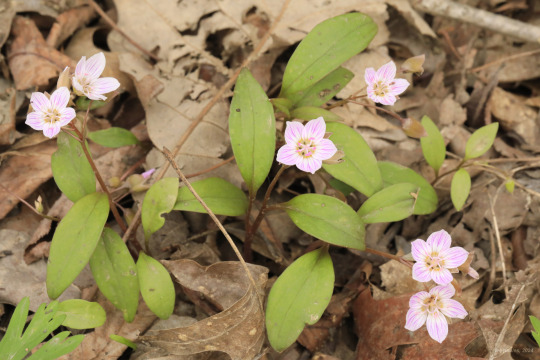
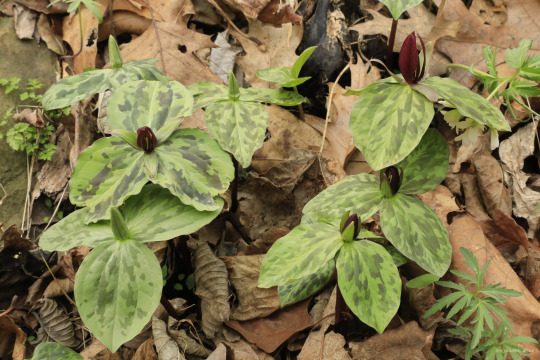


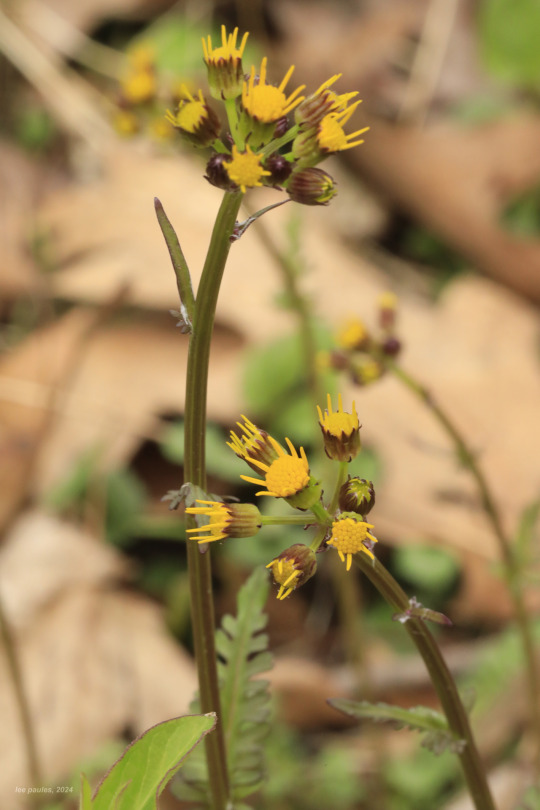


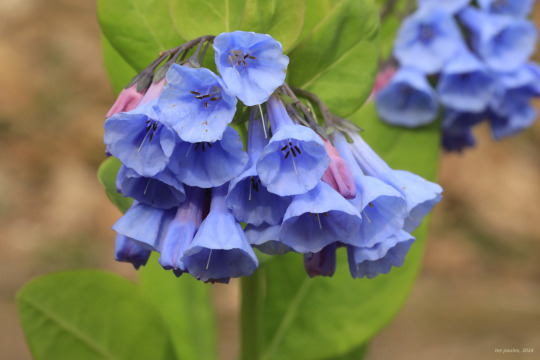
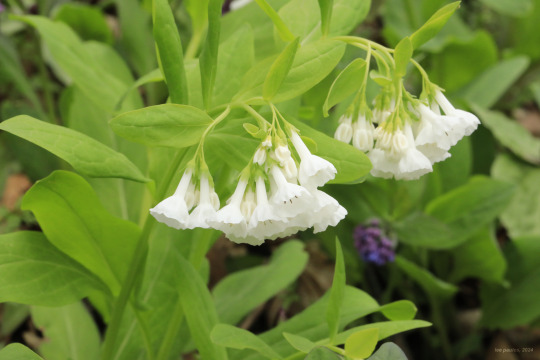

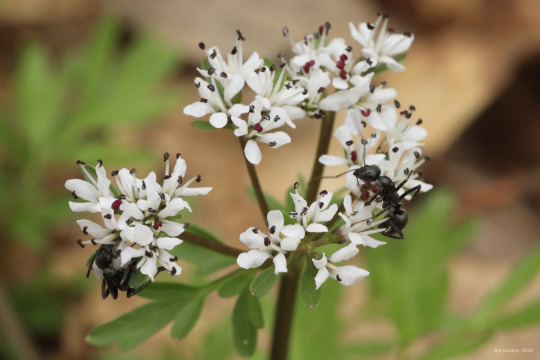


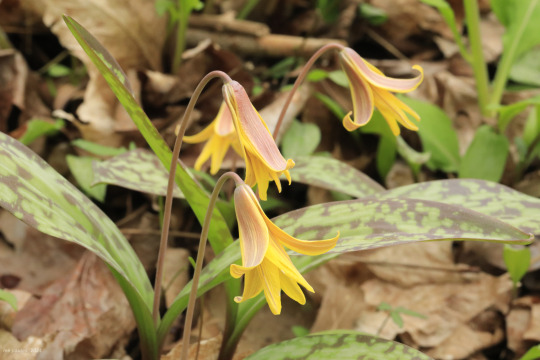



An Easter bouquet of some of Central Appalachia's finest spring wildflowers, courtesy of Core Arboretum at West Virginia University.
From top: cutleaf toothwort (Cardamine concatenata); Virginia spring beauty (Claytonia virginica); Carolina spring beauty (Claytonia caroliniana); sessile trillium (Trillium sessile); twinleaf (Jeffersonia diphylla); immature golden ragwort (Packera aurea); dwarf larkspur (Delphinium tricorne); Virginia bluebells (Mertensia virginica), including a rare white-flowered variation; woodland phlox (Phlox divaricata), also known as wild blue phlox; harbinger of spring (Erigenia bulbosa), also known as pepper and salt; Dutchman's breeches (Dicentra cucullaria); downy yellow violet (Viola pubescens); yellow trout lily (Erythronium americanum), also known as dog-tooth violet; and celandine poppy (Stylophorum diphyllum), also known as wood poppy.
#appalachia#vandalia#west virginia#spring#wildflowers#flora#core arboretum#west virginia university#morgantown
82 notes
·
View notes
Text

Mertensia virginica / Virginia Bluebells at the Sarah P. Duke Gardens at Duke University in Durham, NC
#Mertensia virginica#Mertensia#Boraginaceae#Virginia Bluebells#bluebell#Virginia cowslip#Cowslip#Lungwort oysterleaf#lungwort#Roanoke bells#Roanoke#Native plants#Native flowers#Flowers#Nature photography#photographers on tumblr#Sarah P. Duke Gardens#Duke Gardens#Duke University#Durham#Durham NC#North Carolina
0 notes